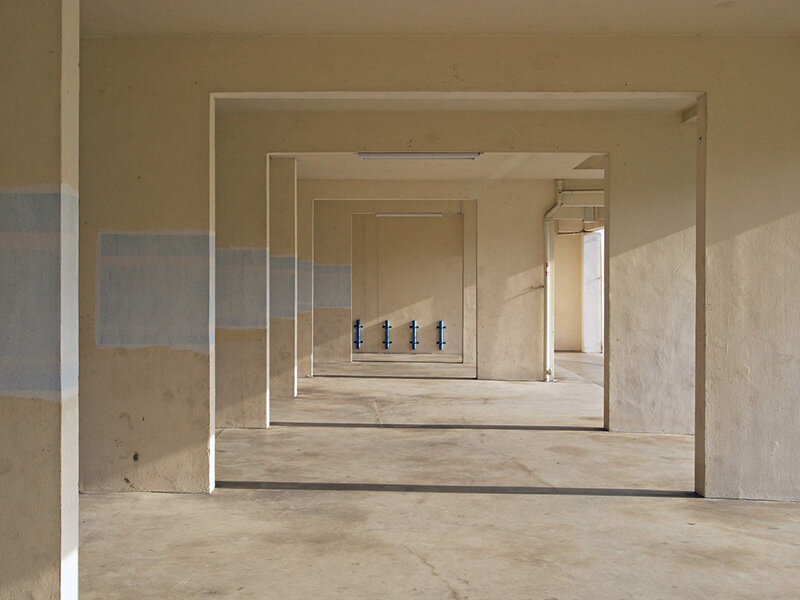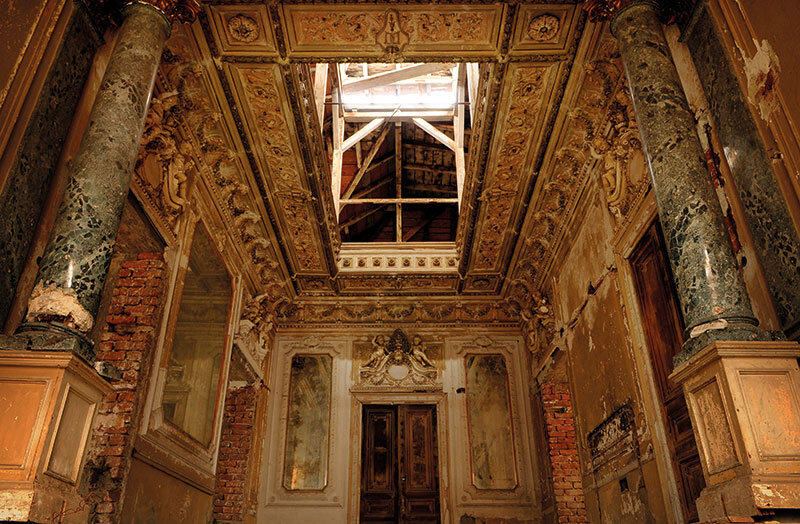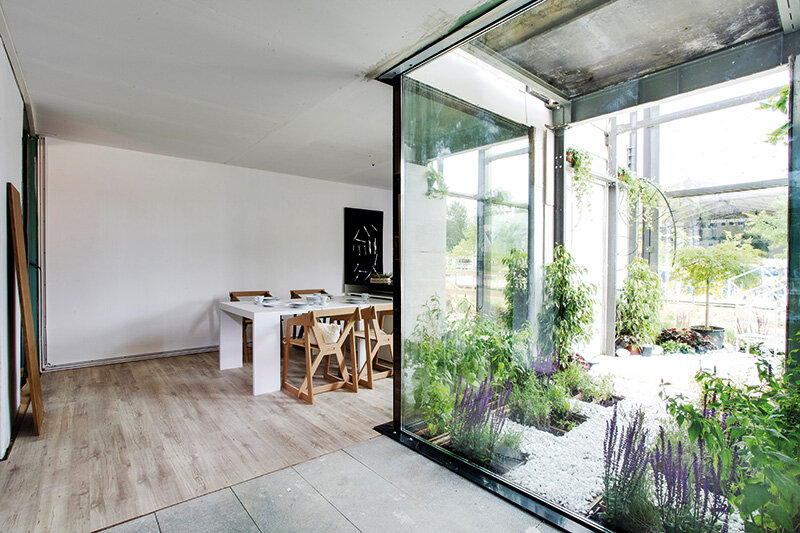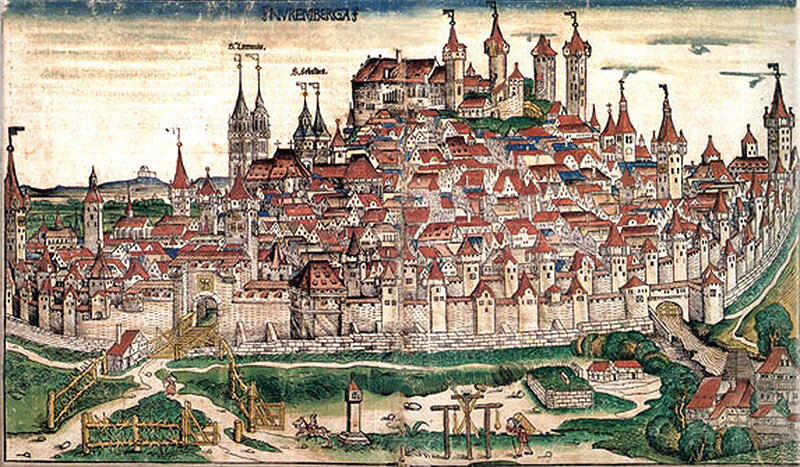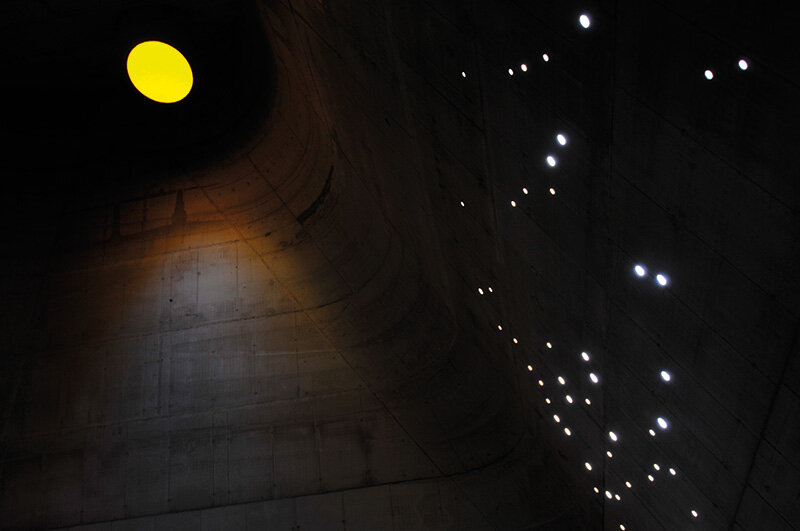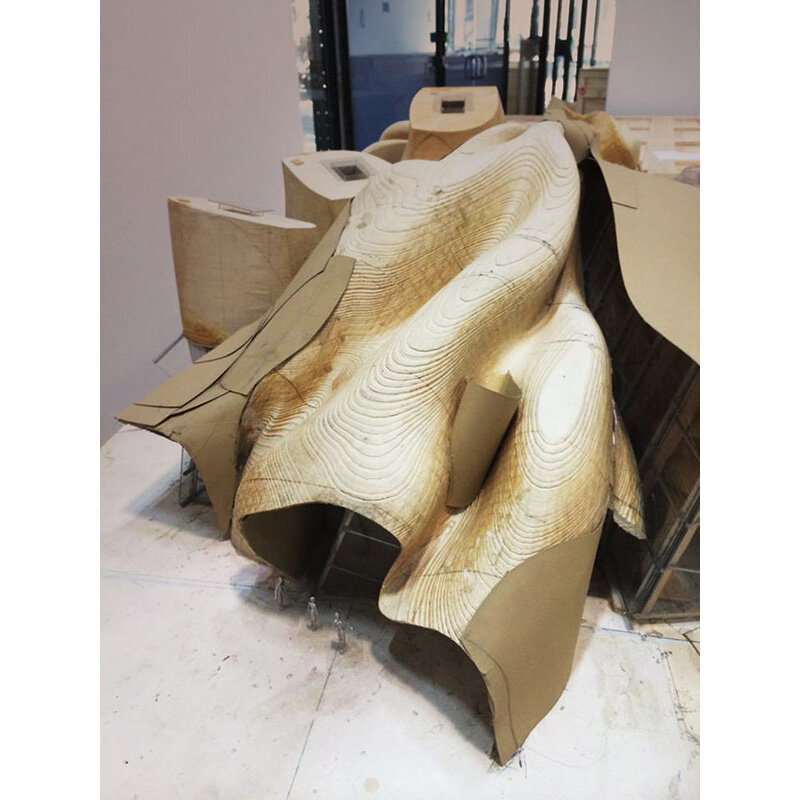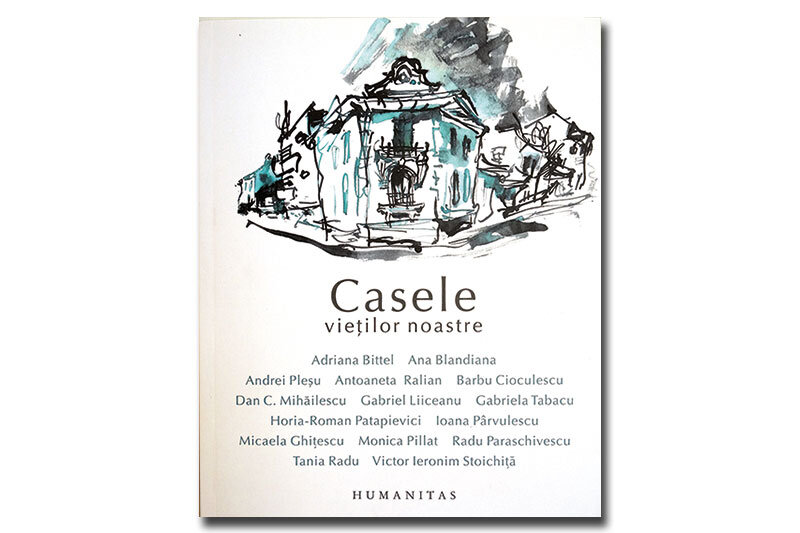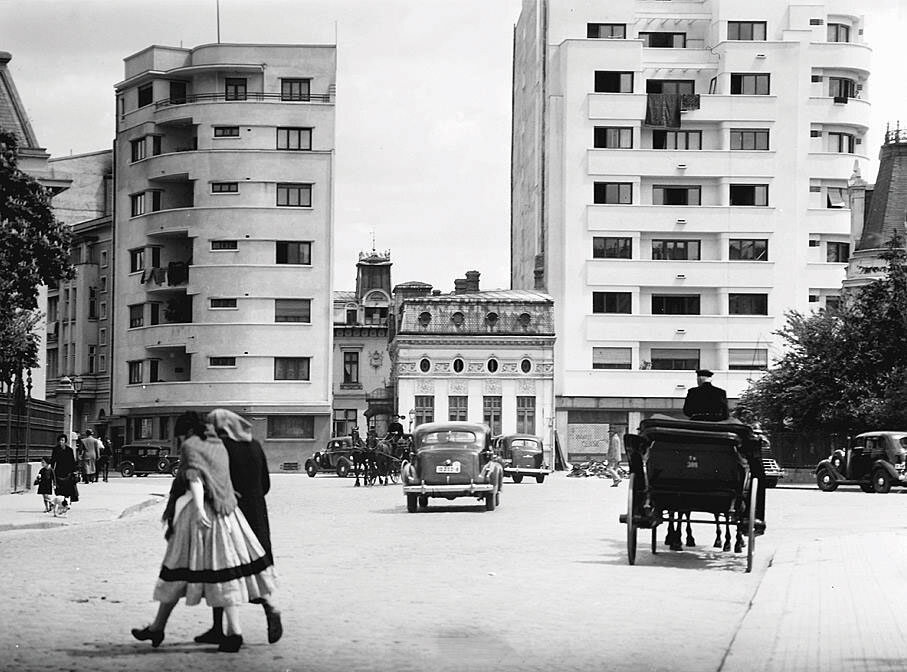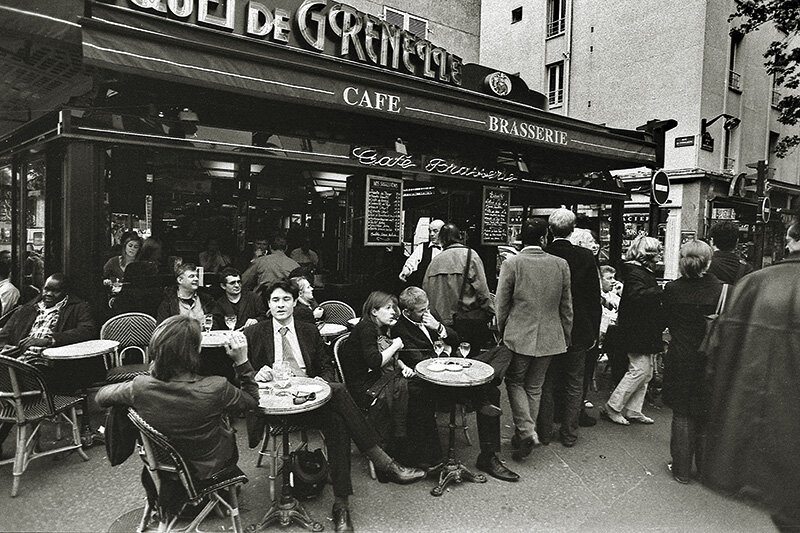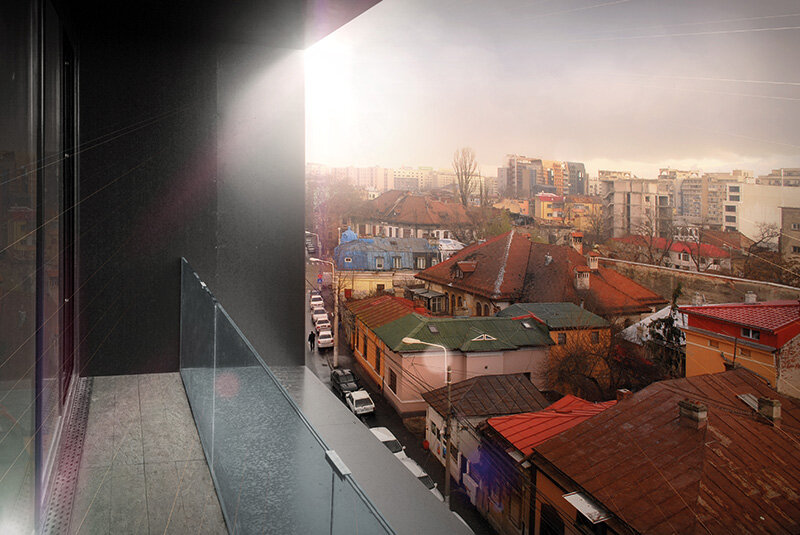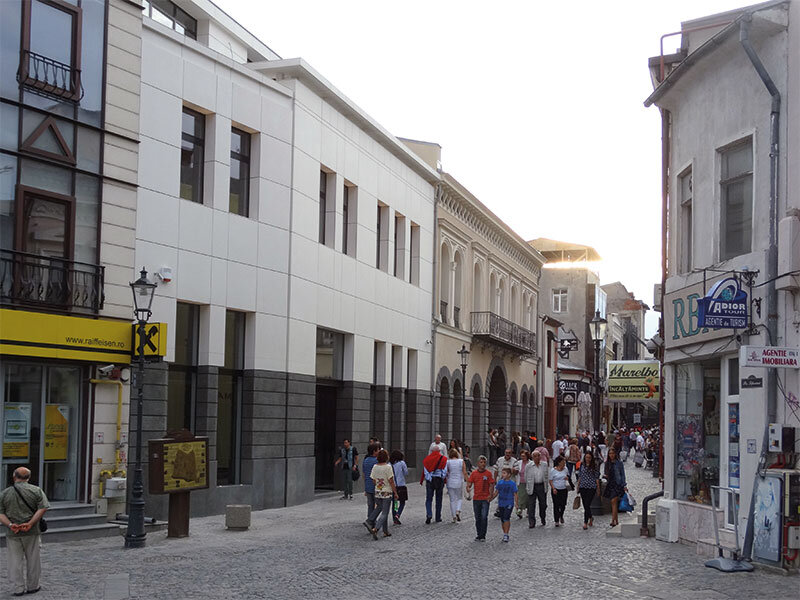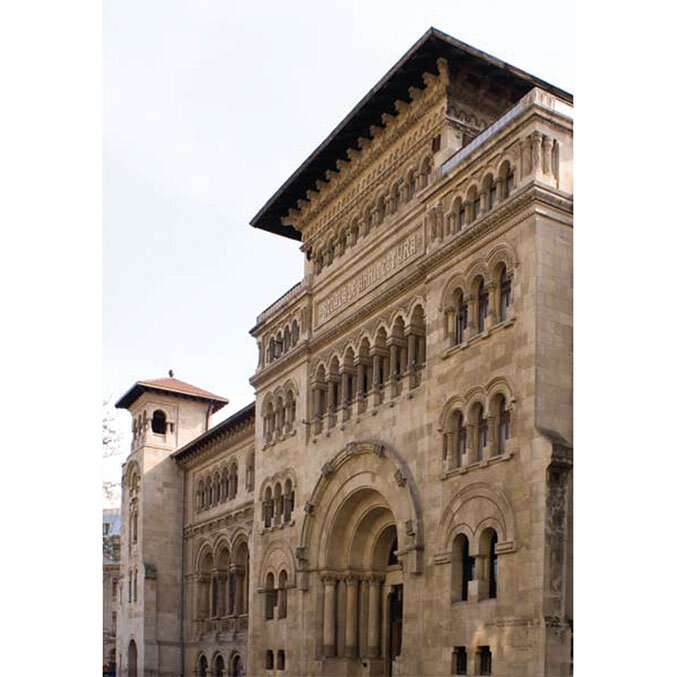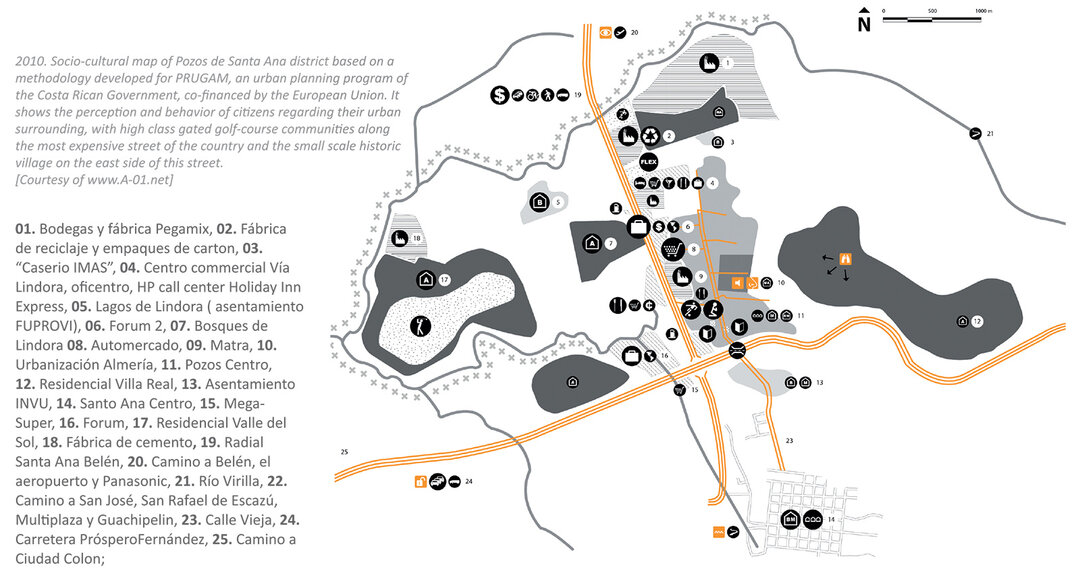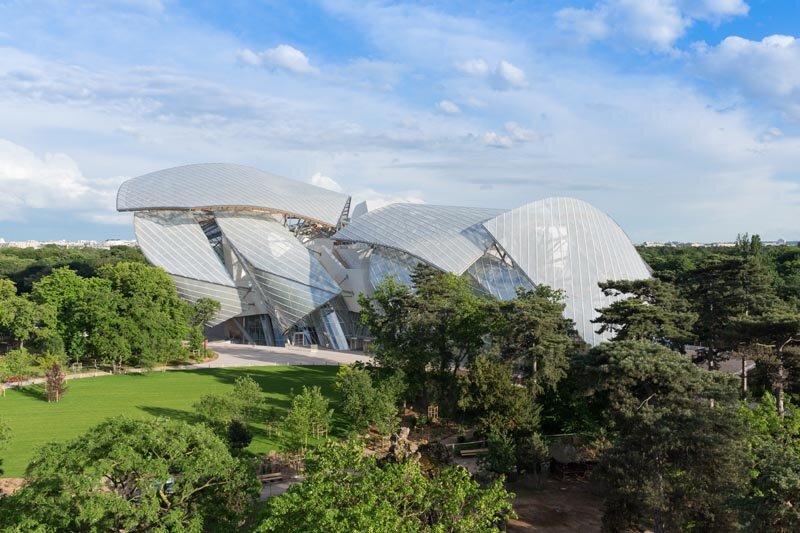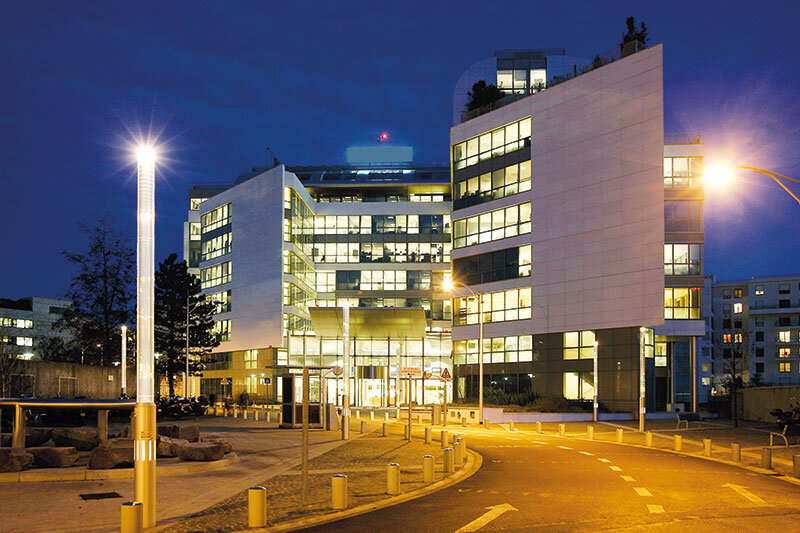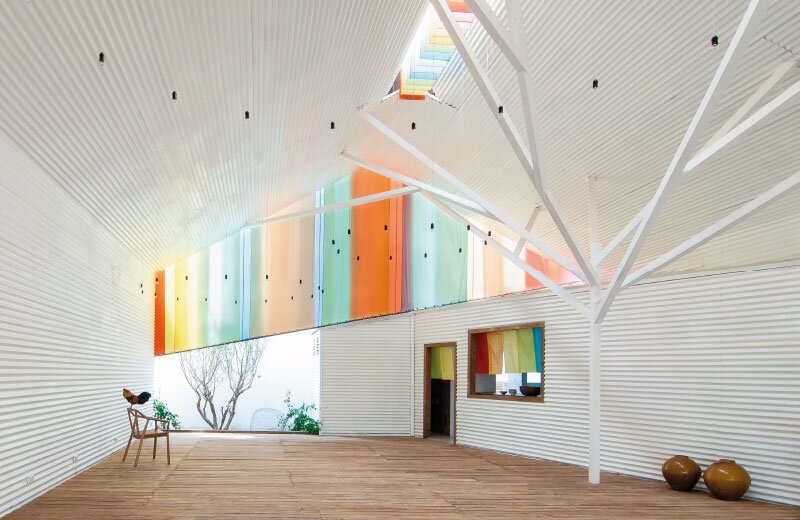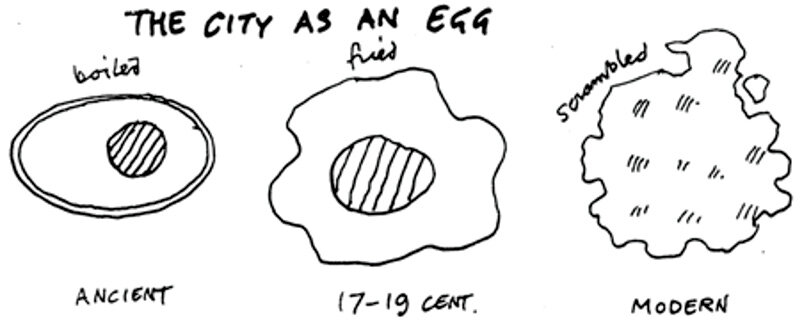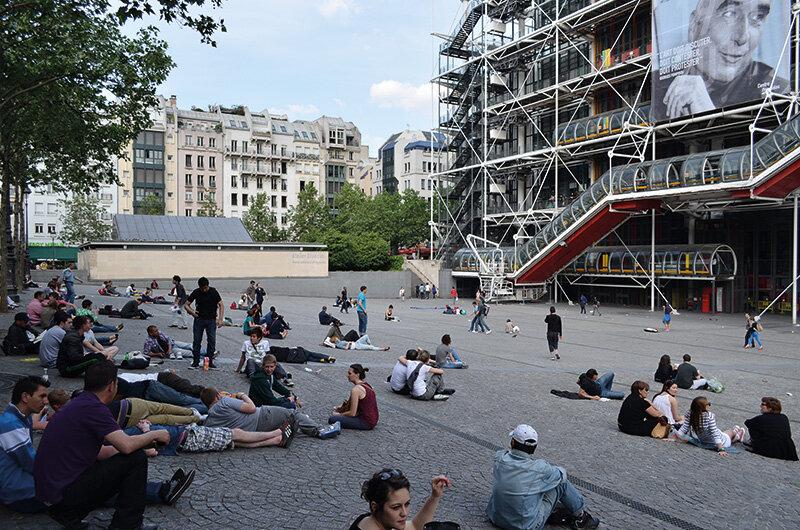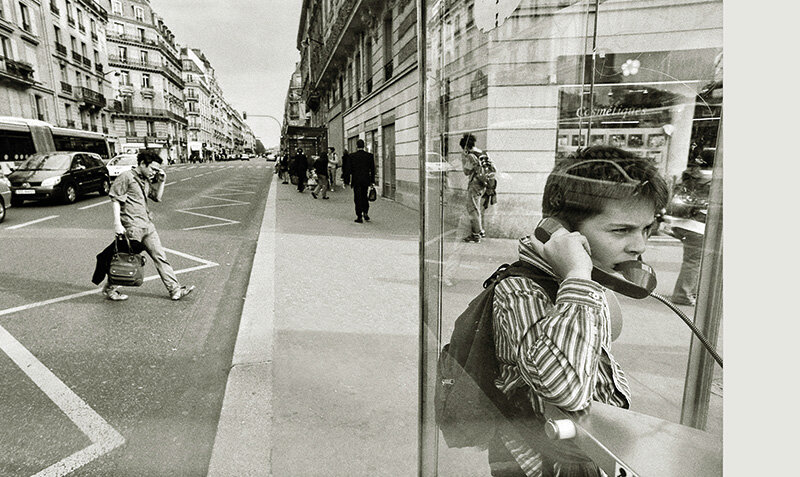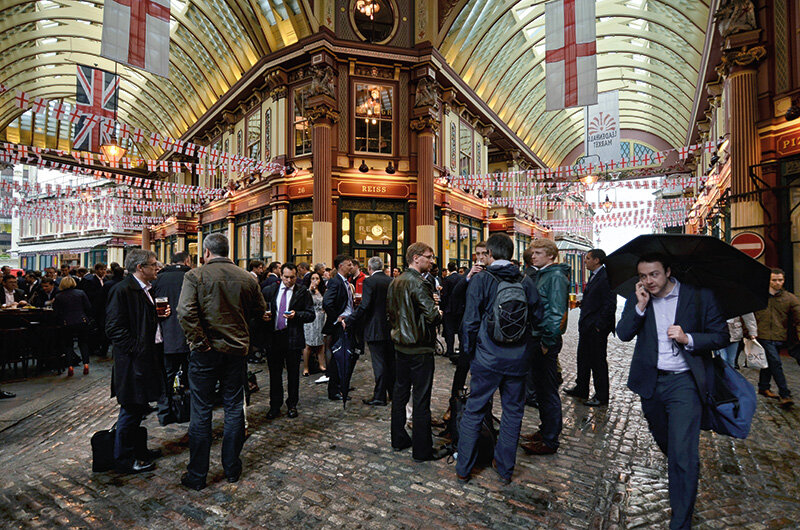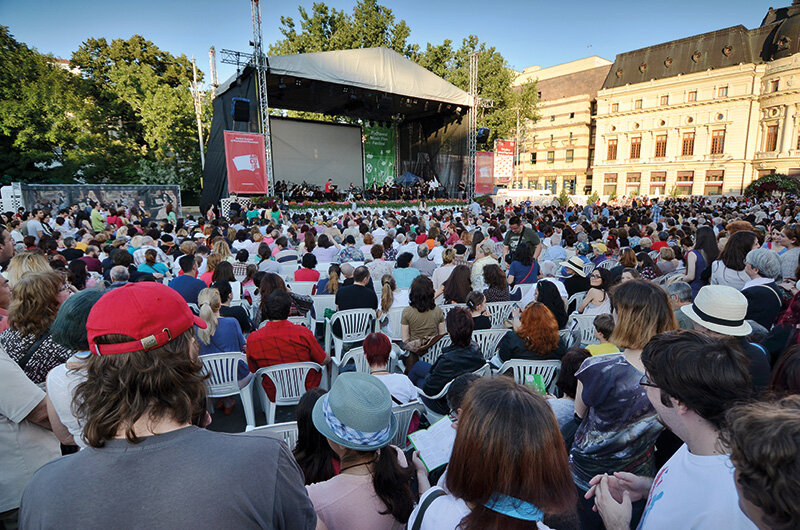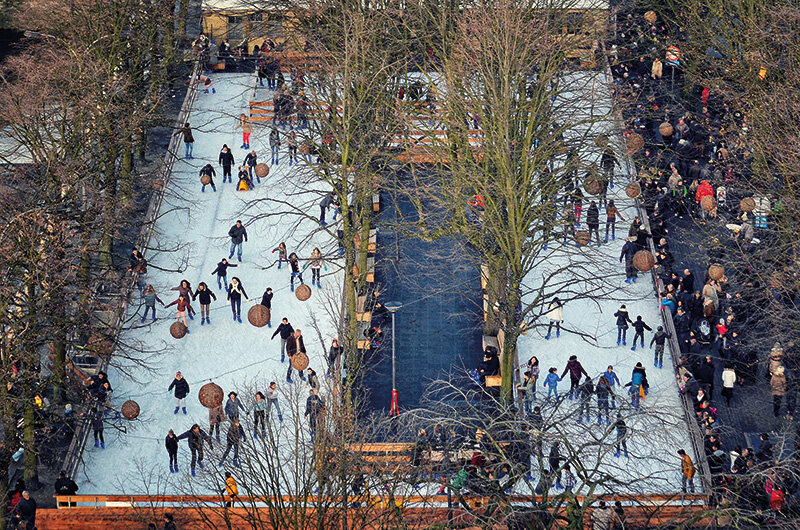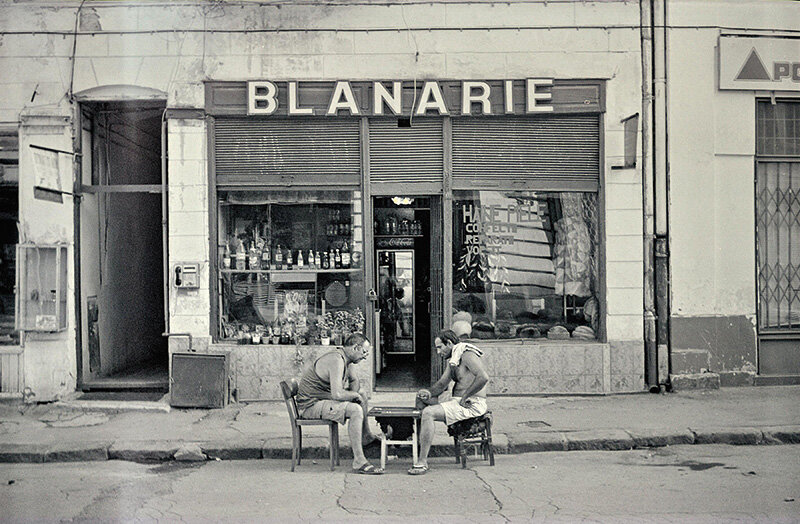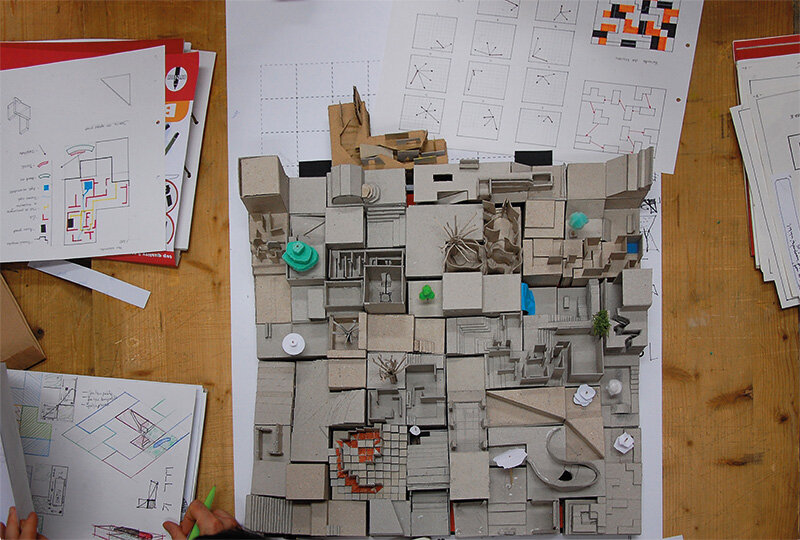
The city, between conviviality and indifference
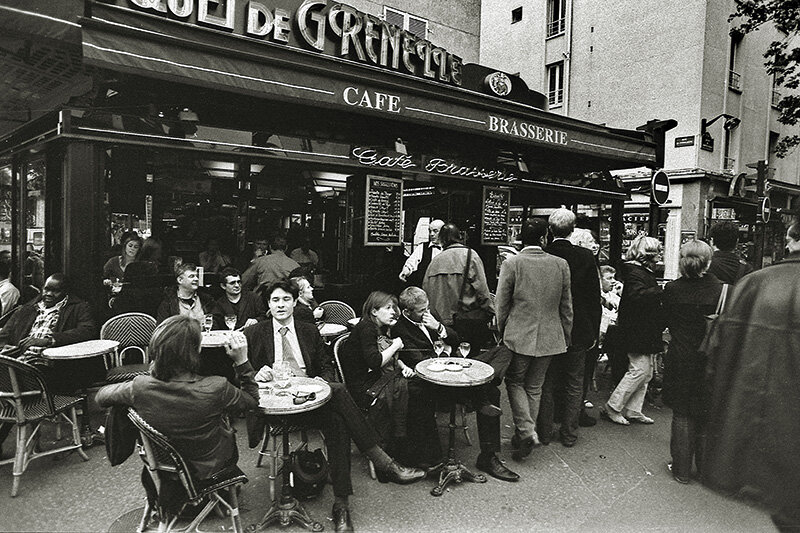
"Eduard T. Hall, La dimension cachee.
To propose a concerted and systemic professional debate on the issues concerning the field of PUBLIC LIFE; URBAN SPACE WITH A PUBLIC VOCATION, has become a sensitive undertaking, as the subject is trivialized by its accessibility and excessive and, more often than not, unfortunately, dilettantish use.
Questioning the social dimension of the CITY from the perspective of the "public life" component implies knowing and understanding this component as being "contained" in the temporal-historical, physical, cultural dynamics of the city. This, not just at the superficial level of its "by itself"; not just sequentially and fragmented, depending on interest and/or objectives; fashionable, why not, at a given moment.
"There is a field of activity that has never been sufficiently studied, as if we did not need to know and define the phenomenological interactions that structure the field of public life", says the sociologist Ervin Goffman when analyzing the birth of the daily newspaper1. As Françoise Choay points out, the daily newspaper is a concept that is used "recklessly, unmodestly" by city officials, technicians and cultural professionals alike2.
Implicitly, then, the question of the system is at issue: public space - a functional-spatial hypostasis of reference in the structure of the city, in a conditional and non-negotiable relationship with public life - a hypostasis of reference, in turn, for social space. Following the same conceptual perspective, Jean-Yves Toussaint3 reconfirms the theory that urban social behavior corresponds to urban spaces in a systemic, active and continuous way. "The urban public space is a component of the city to which we must recognize multiple dimensions: technical, urbanistic, human, cultural, poetic... it is the expression of urbanity, of exchanges, of conviviality", the author states.
Starting from a careful and accordingly oriented observation regarding the urban public space's assimilation of public life, the proposed title itself captures this question and invites meditation: the boundaries between which we propose to consider the city as belonging to another "crowd" than urban space (in mathematical convention), namely social space. Just as it seems equally natural, in a proxemics approach, to measure psychological, inter-human distances in metric units of measurement, specific to physical space. This way of thinking about urban public space has become commonplace.
Of course, to the extent that we define the city, in the established temporal-historical and socio-cultural formula, as being made up according to "logics of articulation of the built environment, based on the solidarity of the built elements with each other and with their natural, cultural and social context". Architecture, an essential systemic component, being that which, in turn, as Alberti stated, constitutes the cause of the assembly of people, thus emphasizing the founding relationship that it establishes with their social being4.
This is the hypothesis from which we start and within which we frame the present debate. This is at a time when we are witnessing a paradigm shift in urban dynamics as a result of the enshrinement of technical progress. We do not propose to develop this issue here, especially as it would mean a new thesis. Recalling only that, as the same author points out, the process of technologization in the field of spatial planning would lead to a "network urbanism", structured according to a new logic, networks (fluid, energy, mobility, information) allowing the "release of spatial constraints" that determine the location, implantation and spatial configuration of human settlements. In this context and as a consequence, we are witnessing a noticeable change in terms of architecture, which takes up and adopts the logic of networks, from the phenomenological point of view, from the point of view of formal expression and, implicitly, from the point of view of its relationship with the city and its inhabitants. At the level of social space, this would bring about, Françoise Choay emphasizes, a "correlative mutation of behaviour, short-circuiting our bodily experience of the physical world and direct contact with others"!
Read the full text in the double issue 4-5 / 2014 of Arhitectura magazine
Notes:
1 Erving Goffman, La mise en scene de la vie quotidienne. 2.les relations en public, Les Editions de minuit, Paris, 1973, p. 11.
2 Françoise Choay, Pour une anthropologie de l'espace, Editions du Seuil, Paris, 2006, p. 199.
3 Jean-Yves Toussaint, Projets et usages urbains, Edition de l'INSA, Lyon, 2003, p. 121.
4 Françoise Choay, La mutation en action, Ed. de Min. des Equipements Transports et l'Habitat, Paris, 1998.


